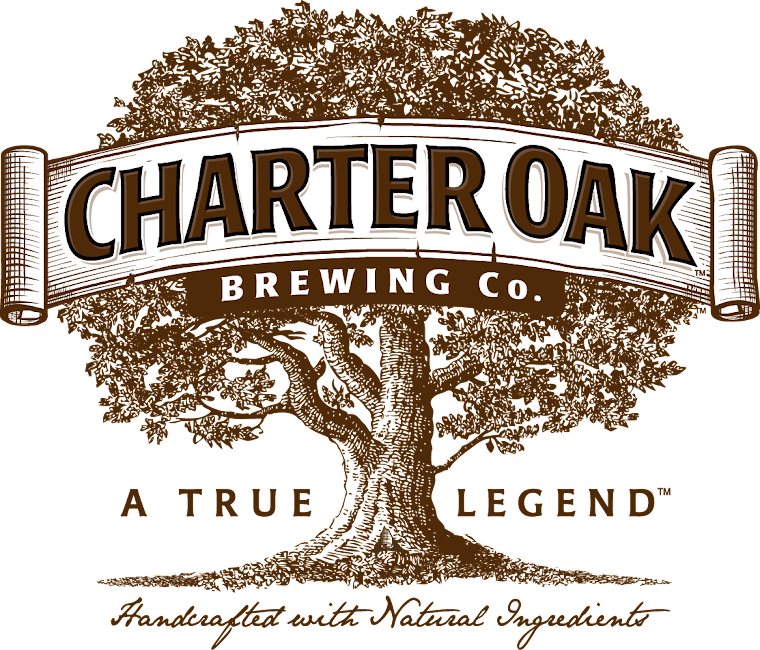Over the past few weeks, we have included several twitter releases commenting on the increase for raw materials that are affecting the cost to brew beer. The trend has been for hop acreage to decline and this year weather has reduced harvests. A recent concern is aroma and bittering hops demand continue to grow by double digits each year. This is especially taxing in that craft brewers will use well over 50% of the entire 2011 USA hop crop, and estimates call for over 60% of the 2012 crop.
The difficultly with barley this year has been poor weather; initially, in the Spring, it was flooding, and now both excessive heat and no rain are playing havoc. Canadian farmers have already reported a poor yield. This escalated raw material cost will surely cause an increase to beer production.
We are not only witnessing cost increases in hops and malted barley (the two biggest ingredients in beer), but also increases in energy and transportation. It is quickly becoming a challenge for the craft brewer (especially the smaller crafter brewers) to absorb all these important increased costs.
Ironically, early in the season, flooding lowered the quality and quantity of barley crops in both Canada and Australia. The forecasted decrease in supply immediately placed pressure for USA and European suppliers. Many brewers fear the return of 2008, when hops pricing increased by 34%.
Several brewery operators are estimating 20-25% increase on Barley and 15-20% on Hops. Although many of the breweries confirm contractual agreements for both volume and price, they are short term. Note, the ‘big brewers' such as ABInBev and MillerCoors contract out long term, and will not be immediately effected as the micro crafted breweries.
What does this all mean to the beer drinker? If the cost increases as outlined, the craft brewers will have no choice but to increase the street price. We’ve heard forecasts of $0.50/six pack – or $1.00/12 pack. Generally, the industry reviews costs and pricing in the Fall and announce the following year’s price in October.
Not sure who coined this phrase but …..the taste and quality of the craft beer will be remembered long after the price of beer will be forgotten!!
Beer ….. still an affordable luxury. Let's hope. CHEERS!!
